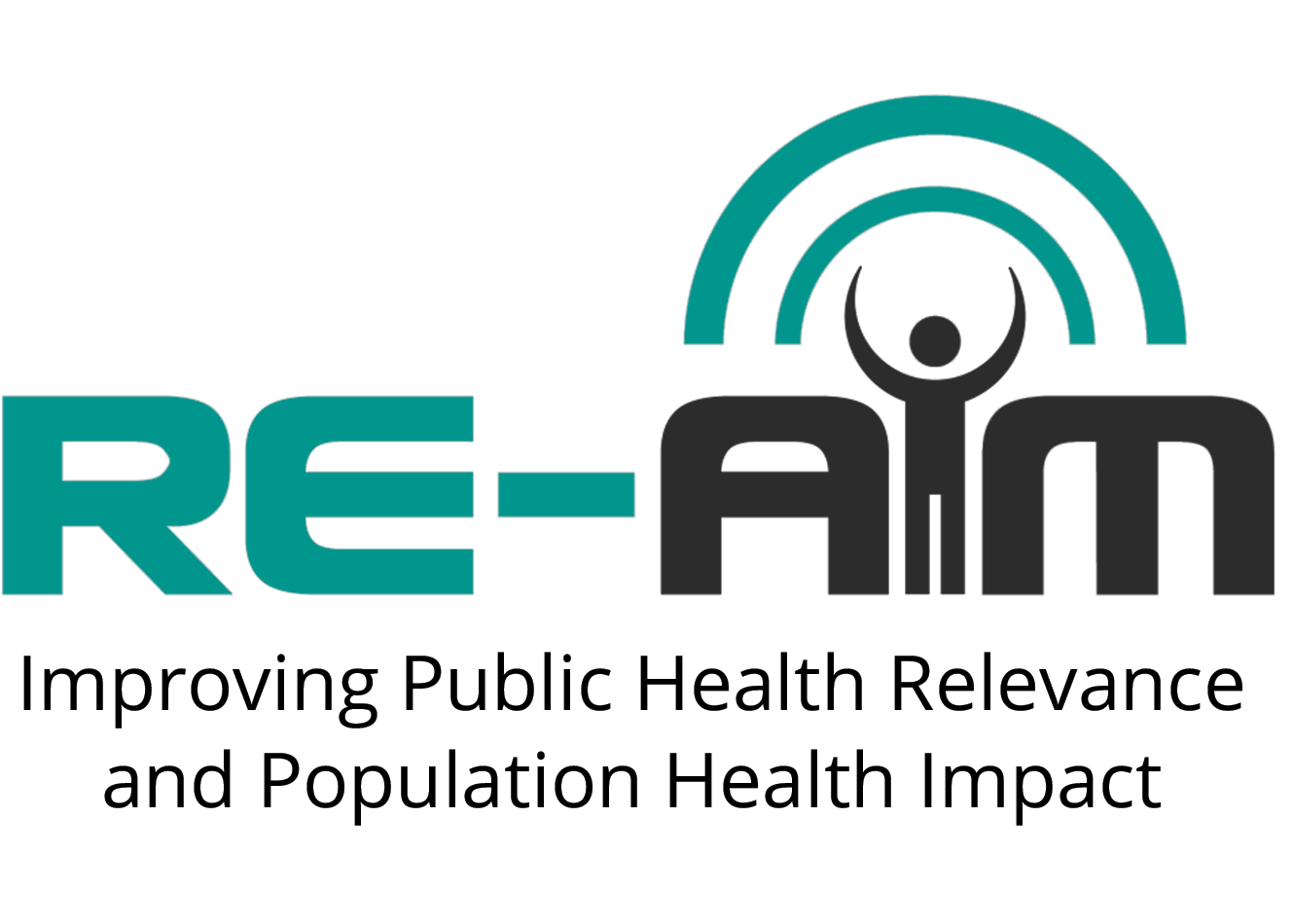Assessing Reach
There are multiple approaches to assessing the reach of an intervention, depending on the phase of implementation (planning, implementing, evaluating) and the data sources available. Apart from the simple idea that reach represents the proportion of eligible individuals who receive the intervention, key issues in assessing reach include representativeness of those who receive the intervention and consideration of stakeholder priorities and expectations for reach.EXAMPLE METHODS OF ASSESSING REACH (From the RE-AIM Model Dimension Items Checklist)
|
Reach |
|
|
Exclusion Criteria (% excluded or characteristics) |
|
|
Percent individuals who participate, based on valid denominator (not of volunteers who indicate interest) |
|
|
Characteristics of participants compared to non-participants or to target population |
|
|
Use of qualitative methods to understand reach and/or recruitment |
Note that reach may or may not be assessed in every project or application of RE-AIM, depending on phase of implementation (i.e., planning, implementation, evaluation) and the questions of interest. However, even in projects that cannot or do not directly measure reach, participant and stakeholder perceptions and expectations of reach can be assessed using multiple methods (e.g., surveys, interviews, focus groups), informing planning for subsequent projects.
